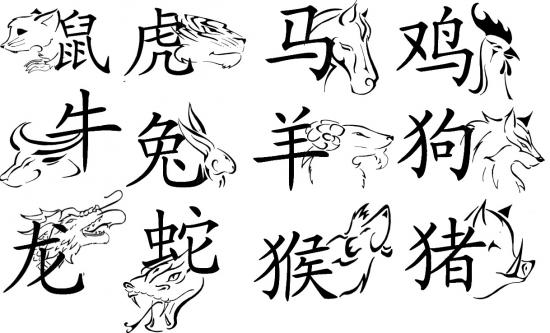Source - http://news.xinhuanet.com/english/culture/2015-02/17/c_134003027.htm

The traditional Chinese zodiac attaches one of 12 animal signs to each lunar year in a cycle. But the coming lunar year of "yang", which starts on February 19, is still subject to debate over whether it means "sheep" or "goat".
Although Chinese are yet to decide definitively whether the animal symbol for the coming Lunar New Year should be a sheep or goat, archaeologists know which animal the Chinese began farming first.
China's earliest domesticated sheep was found in northwest China's Gansu and Qinghai provinces, dating back 5,600 to 5,000 years. Sheep breeding spread from west to east along the Yellow River basin, says Yuan Jing, a researcher with the Institute of Archaeology of the Chinese Academy of Social Sciences.
China's earliest known domesticated goat was found in the Erlitou relic site in the central China's Henan Province, dating back about 3,700 years, says Yuan, who focuses on animal archaeology.
It's commonly accepted in international academic circles that domesticated sheep and goats both originated in what is now Iran some 10,000 years ago.
Yuan says some Chinese animals, such as dogs and pigs, were domesticated locally, while others were introduced from abroad. Ancient Chinese began to tame wolves into dogs some 10,000 years ago, and domesticated pigs about 9,000 years ago.
"After that, it seems our ancestors tamed no other animals for a long time," Yuan says.
The farming of sheep came out of the blue.
In the 1970s, archaeologists found sheep bones dating back 5,600 to 5,300 years in a relic site in Shizhao Village, in Tianshui City, Gansu, and a whole skeleton of sheep in a tomb dating back 5,300 to 5,000 years in Qinghai's Minhe County.
Later, more sheep bones, over 4,000 years old, were found in sites in Shanxi, Henan and Shandong provinces.
DNA tests showed Chinese sheep had a close genetic link to those that first appeared in western Asia.
"So domesticated sheep were introduced from western Asia to China along a road much earlier than the so-called Silk Road," says Yuan.
Archaeological discoveries also indicate the important role of mutton in ancient Chinese cuisine.
In a pit at the site of the Palace of the Tang Dynasty (618-907) in Xi'an, capital of northwest China's Shaanxi Province, archaeologists found a large number of animal bones, most of them from sheep. Before the Tang Dynasty, most animal remains found in the ruins of palaces were pigs.
"It means from the Tang Dynasty, mutton became popular in royal cuisine. That continued in the later Song Dynasty (960-1279)," Yuan says.
The ancients kept sheep not only for meat and milk, but also for wool. So when did Chinese start shearing?
Archaeologists unearthed many sheep bones in the Taosi relic site dating back 4,000 years in Shanxi Province, and most of the bones belong to old sheep.
"Apparently, those old sheep were not raised for meat or milk. A similar phenomenon was also found in a 3,900-year-old relic site in Zhengzhou, and in the 3,700-year-old Erlitou relic site in Henan Province," Yuan says.
"We assume that the ancients of Taosi acquired the technique of shearing 4,000 years ago," Yuan says.